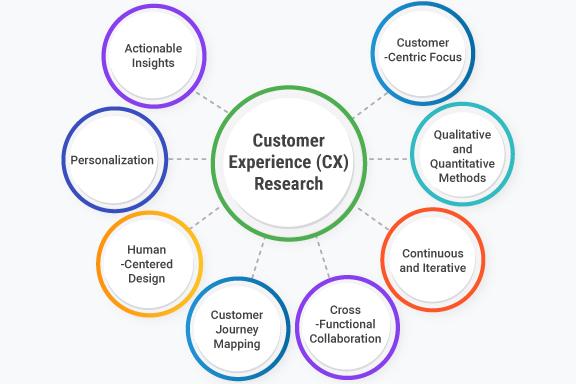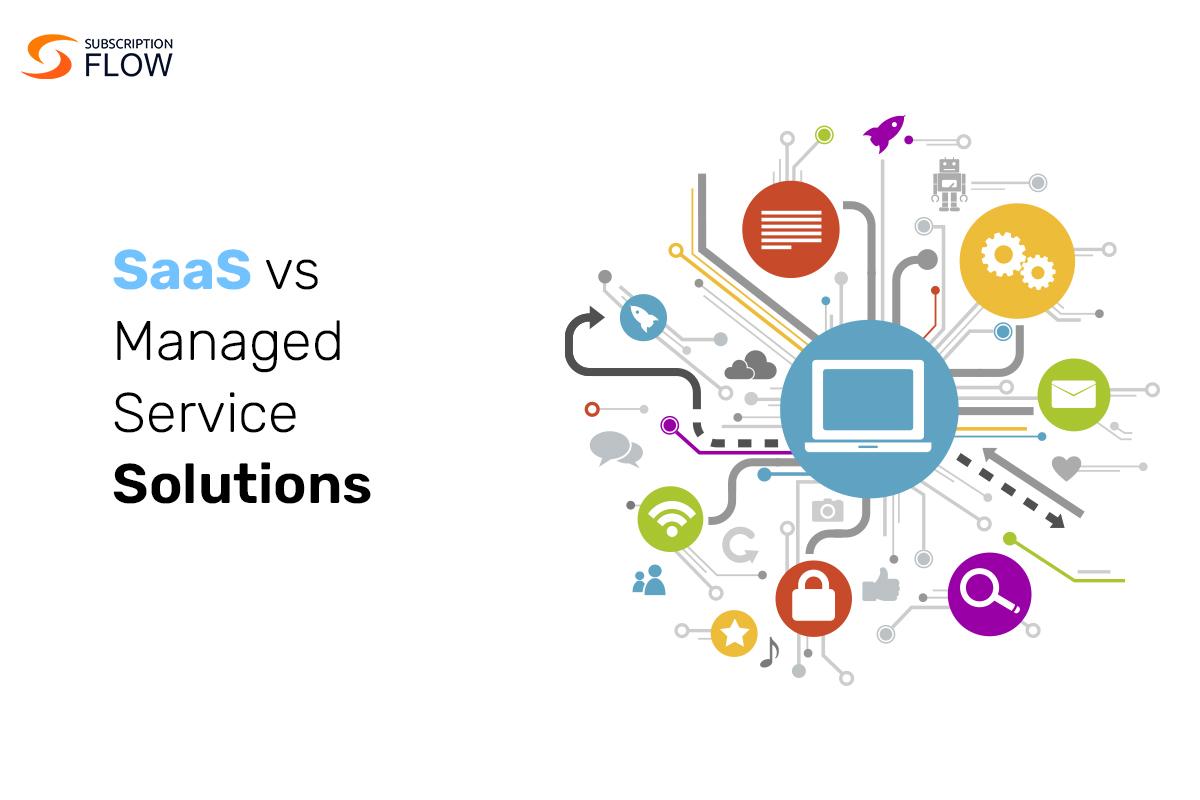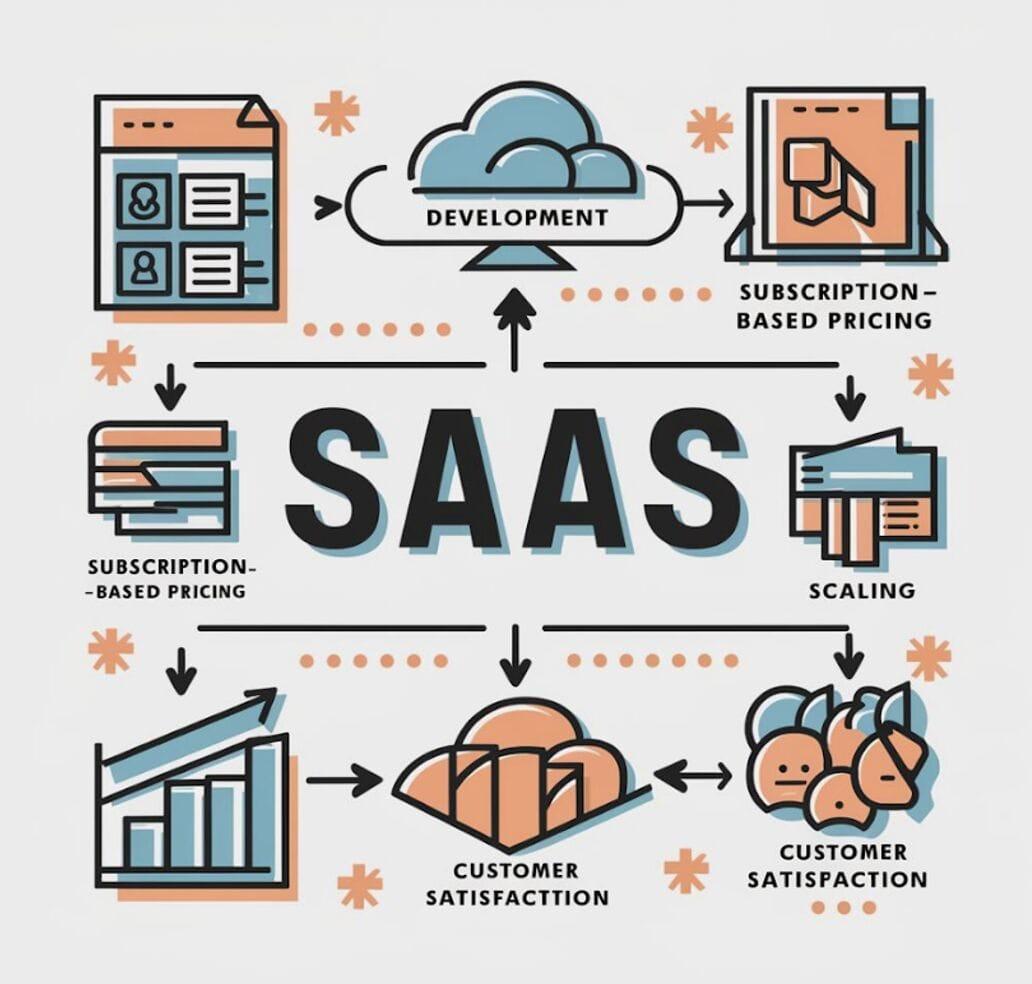Navigating the SaaS Landscape: Key Trends Shaping 2024
As we stand on the threshold of a new year, the landscape of Software as a Service (SaaS) continues to evolve at a remarkable pace. Once a means to streamline operations and deliver software solutions via the cloud, SaaS has morphed into a dynamic ecosystem that shapes how businesses operate, innovate, and engage with their customers. In 2024, organizations must not only keep up with technological advancements, but also navigate an array of emerging trends that promise to redefine the SaaS experience. From the rise of artificial intelligence integration and the push for enhanced security measures, to the growing importance of user-centric design, the next chapter in the SaaS saga is an intricate dance of adaptability and foresight. Join us as we explore the key trends that are set to influence the SaaS landscape this year, empowering businesses to harness the full potential of this transformative technology.
Emerging Technologies Transforming SaaS Offerings
As the Software as a Service (SaaS) ecosystem becomes increasingly competitive, new technologies are emerging that are set to redefine how software solutions are developed and consumed. Artificial Intelligence (AI) continues to revolutionize SaaS offerings, enabling intelligent automation and enhanced user experiences through personalized recommendations, predictive analytics, and natural language processing. As companies integrate AI capabilities into their products, users can expect more intuitive interfaces and smarter workflows, which ultimately lead to increased productivity and satisfaction. Additionally, Low-Code/No-Code Platforms are democratizing software development, allowing businesses to create and deploy applications without extensive coding knowledge. This shift is empowering non-technical users to engage in the development process, thereby accelerating innovation and reducing time to market.
Furthermore, the rise of Microservices Architecture is significantly impacting the scalability and flexibility of SaaS solutions. By breaking down applications into smaller, manageable components, companies can update individual services without affecting the entire system, leading to faster iterations and improved reliability. The adoption of Blockchain Technology also holds potential for enhancing security and transparency, particularly in sectors like finance and healthcare where data integrity is paramount. Companies are now exploring how to utilize blockchain for secure transactions and verification processes, creating more trust in their SaaS offerings. Below is a summary of these transformative technologies:
| Technology | Impact on SaaS |
|---|---|
| Artificial Intelligence | Enhances user experience and automates features. |
| Low-Code/No-Code | Empowers non-technical users to build applications. |
| Microservices Architecture | Offers scalability and faster updates. |
| Blockchain Technology | Increases security and transparency. |

The Rise of AI-driven Solutions and Their Impact
The integration of artificial intelligence into Software as a Service (SaaS) platforms is revolutionizing the way businesses operate. Companies are increasingly leveraging AI-driven solutions to streamline processes, enhance customer experiences, and foster data-driven decision-making. This shift is leading to a greater emphasis on features such as:
- Automated analytics: AI systems can analyze large datasets in real-time, providing actionable insights that were previously time-consuming to uncover.
- Personalized user experiences: Machine learning algorithms tailor recommendations and content based on user behavior, increasing engagement and satisfaction.
- Enhanced security measures: AI can detect anomalies in user behavior, allowing for proactive measures to mitigate security risks.
As organizations embrace these innovations, the demand for AI-integrated SaaS solutions is skyrocketing. This trend is driving competition within the market as providers race to incorporate cutting-edge technologies that not only meet but anticipate customer needs. Below is a brief overview of how AI impacts key sectors:
| Sector | Impact of AI |
|---|---|
| Customer Support | 24/7 virtual assistants handling inquiries efficiently. |
| Marketing | Targeted campaigns based on predictive analytics. |
| Finance | Fraud detection through pattern recognition. |
| Sales | Lead scoring using AI-driven insights. |

Customer Experience as a Cornerstone of SaaS Success
In the ever-evolving landscape of Software as a Service (SaaS), delivering an exceptional customer experience has emerged as a vital differentiator. SaaS companies are increasingly prioritizing user-centric strategies to foster loyalty and enhance engagement. A smooth onboarding process, interactive customer support, and responsive feedback mechanisms are just a few aspects that companies are focusing on to ensure their users feel valued. By harnessing data analytics and customer feedback, organizations can identify pain points and streamline their services to meet or exceed user expectations. This tailored approach to customer interaction not only enhances satisfaction but also promotes long-term success in a competitive marketplace.
Moreover, the integration of advanced technologies such as artificial intelligence and machine learning is revolutionizing how SaaS providers can enhance customer experience. By personalization of user experiences through targeted recommendations and automated support, companies can create a more intuitive platform. Key elements contributing to this trend include:
- Dynamic User Interfaces: Adapting the user interface based on individual usage patterns.
- Proactive Customer Support: Utilizing AI chatbots to address user queries instantaneously.
- Data-Driven Insights: Offering personalized insights based on user behavior.
As more SaaS businesses adopt these strategies, the standard for customer experience continues to rise, making it increasingly crucial for companies to innovate and adapt. Staying attuned to consumer needs while leveraging technology can create a sustainable competitive advantage, solidifying a brand’s position in the market.

Strategies for Choosing the Right SaaS Provider in a Crowded Market
In a saturated SaaS market, making the right choice can seem daunting. To cut through the noise, it is crucial to identify your organization’s specific needs and align them with potential providers. Start by evaluating the key features that matter most for your operation. Assess the scalability of the solution, user-friendliness, and integration capabilities with existing systems. Additionally, consider seeking out providers that offer customization options to meet your unique requirements and build a tailored experience for your team.
Another vital aspect is examining the provider’s reputation and support structure. Research customer testimonials and review case studies to gauge satisfaction levels and effectiveness. A solid track record can indicate reliability and performance. Additionally, the availability of customer support is paramount. Look for companies offering 24/7 assistance, training resources, and comprehensive onboarding processes. Comparing potential providers on these factors can reveal which platforms are not only capable but also committed to your success:
| Provider | Scalability | Support Availability | Customization |
|---|---|---|---|
| Provider A | High | 24/7 | Yes |
| Provider B | Medium | 9-5 | No |
| Provider C | High | 24/7 | Yes |
Key Takeaways
As we stand on the brink of 2024, the SaaS landscape continues to evolve at a breathtaking pace. The trends we’ve explored in this article—ranging from the rise of artificial intelligence integration to the emphasis on enhanced cybersecurity and user-centric design—are not just fleeting fads but foundational shifts that will redefine how businesses operate and innovate. Embracing these changes is paramount for both new entrants and established players looking to maintain their competitive edge.
Navigating this complex terrain requires agility, foresight, and an unwavering commitment to understanding customer needs. As we move forward, those who can deftly adapt to these trends will not only survive but thrive in this dynamic environment. The future of SaaS is not just about technology; it’s about building meaningful connections and providing valuable solutions that empower users.
In this ever-evolving narrative, staying informed is key. So let us continue to explore, learn, and adapt, ensuring that as we navigate the myriad possibilities of the SaaS landscape, we do so with clarity and purpose. Here’s to a year of innovation, growth, and transformative breakthroughs in 2024.



